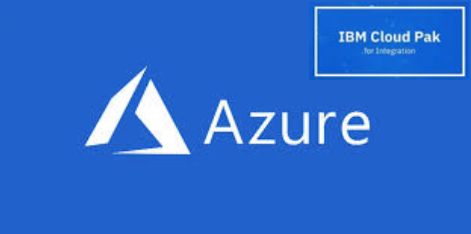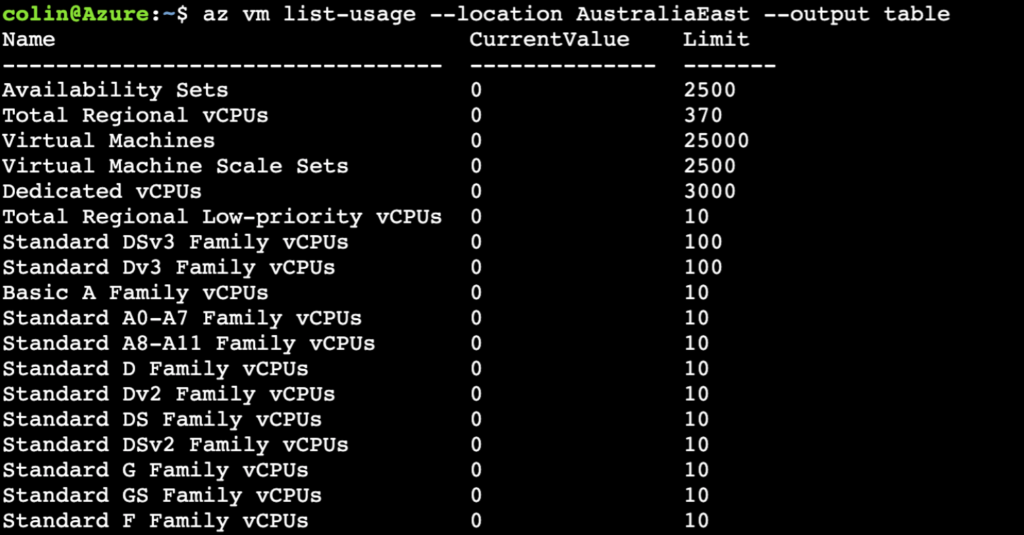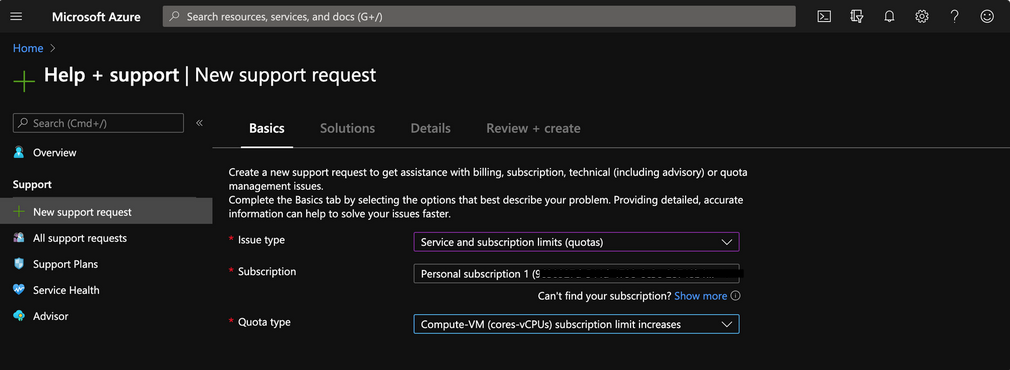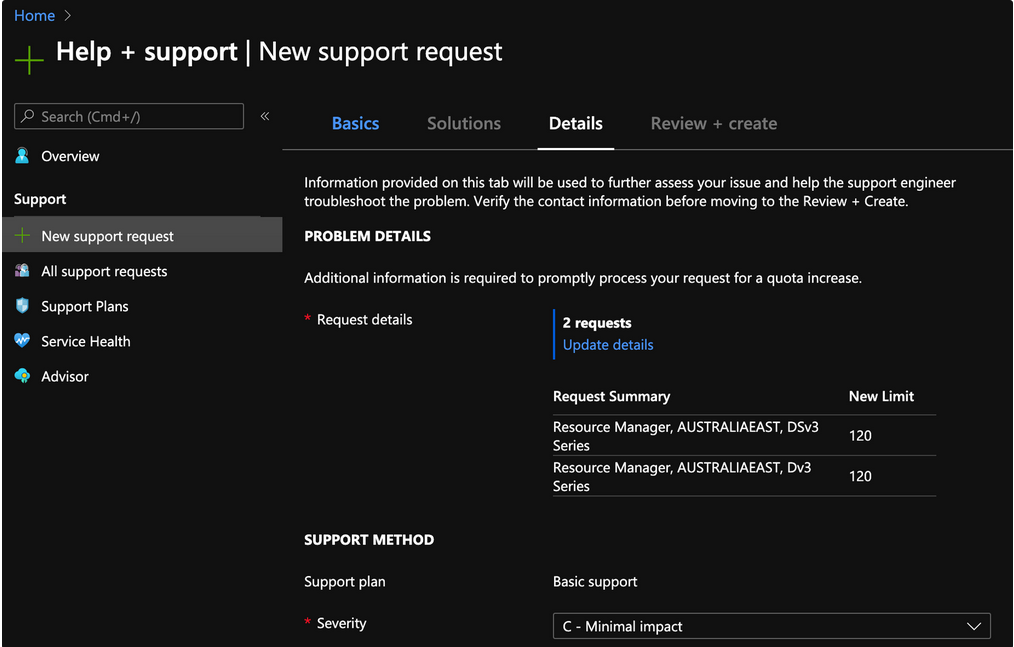
IBM Cloud Pak for Integration V2020.2 on Azure – Part 1
This blog is the first in a series of posts where we walk through the steps to install IBM Cloud Pak for Integration 2020.2 on Azure.
We are going to install the 60 days evaluation version of OpenShift 4.4.x on Azure with IBM Cloud Pak for Integration 2020. The evaluation version of OpenShift is fully functional. You can convert it into a fully supported version once you have acquired the appropriate Red Hat subscription.
In Part one of the series, we are going to ensure that Azure has all the OpenShift 4 pre-requisites in place for the OpenShift installer, we will be using the installer-provisioned infrastructure (IPI) installer which will create all of the required infrastructure for our OpenShift cluster. Part two and part three of the series cover the OpenShift installation using a default and a custom install configuration. We will finish the series with the CP4I installation in Part four.
AZURE PRE-REQUISITES FOR OPENSHIFT
There are a number of Azure level configurations and resources that must be in place before you can install OpenShift 4 on Azure. They are:
- Azure shell
- Azure role
- Azure account limits
- A public DNS zone
- Azure file storage account
INSTALL AZURE SHELL
- Install Azure CLI by following the steps outlined here
- Install Azure extension – aro

VALIDATE AZURE ROLE
Your Microsoft Azure account must have the following roles for the subscription that you use:

INCREASE THE AZURE ACCOUNT LIMITS
Installing OpenShift using the installer-provisioned infrastructure method requires 40 vCPU – read this. Azure default vCPU limit per region is 20.
We need to increase Azure account limits, follow these set of steps.
STEP 1
Check the current limits, from AZ Shell
![]()

STEP 2
Increase vCPU limit from 20 to 100 (min 40) for a selected Azure region eg Australia East (this is the target region to install OpenShift)

STEP 3
Enter the region, the type and the VM Series – OpenShift IPI uses Dv3 and DSv3. Add additional VM series if you anticipant adding more machines from other VM series and the total number of vCPU for that series is above 20. You can get more information about the various VM Series here. Azure has detailed instructions on how to request a limit increase here

STEP 4
Increase the vCPU for the VM type DV3 and DSv3 for the AustraliaEast region.

STEP 5
Confirm and submit the request. There is no cost to request an increase in the limit and it takes about an hour or two to complete.
CREATE A PUBLIC AZURE DNS ZONE
You must have a dedicated public hosted DNS zone in your Azure account. This zone must be authoritative for the domain. This service provides OCP cluster DNS resolution and name lookup for external connections to the cluster.
The easiest option is to obtain a new domain from Azure. See link.
The advantage is that you can delete the domain within 5 days to get a full refund. See link.
An alternative is to obtain the DNS from a domain registry and delegate the hosting and management of the DNS to Azure.
In this example, we have obtained a new domain from GoDaddy. Perform the following steps to transfer the DNS to Azure. See link
- Create a new resource group to host the new Azure DNS zone
- Make a note of the 4 name servers (NS) in the DNS zone overview
- In your domain registry, eg GoDaddy, update the default nameservers (NS) with the Azure nameservers.
- You can now migrate ad create new DNS records in the DNS zone.
- Once completed, verify that the delegation is working, from any workstation perform a nslookup
![]()
You should see the nslookup response displaying the azure nameserver that you configured.
FINALLY
You are now ready to install Openshift 4.x on Azure! We’ll see you in Part Two!
REFERENCES
- Running IBM Cloud Park for Integration 2020.2 on Azure – Part Two
- Running IBM Cloud Park for Integration 2020.2 on Azure – Part Three
- Running IBM Cloud Park for Integration 2020.2 on Azure – Part Four
Get in contact to book a workshop to see how Syntegrity can help you.
Colin Lim is a Director at Syntegrity Solutions with a wide range of experience in integration, microservices, automation and hybrid cloud.